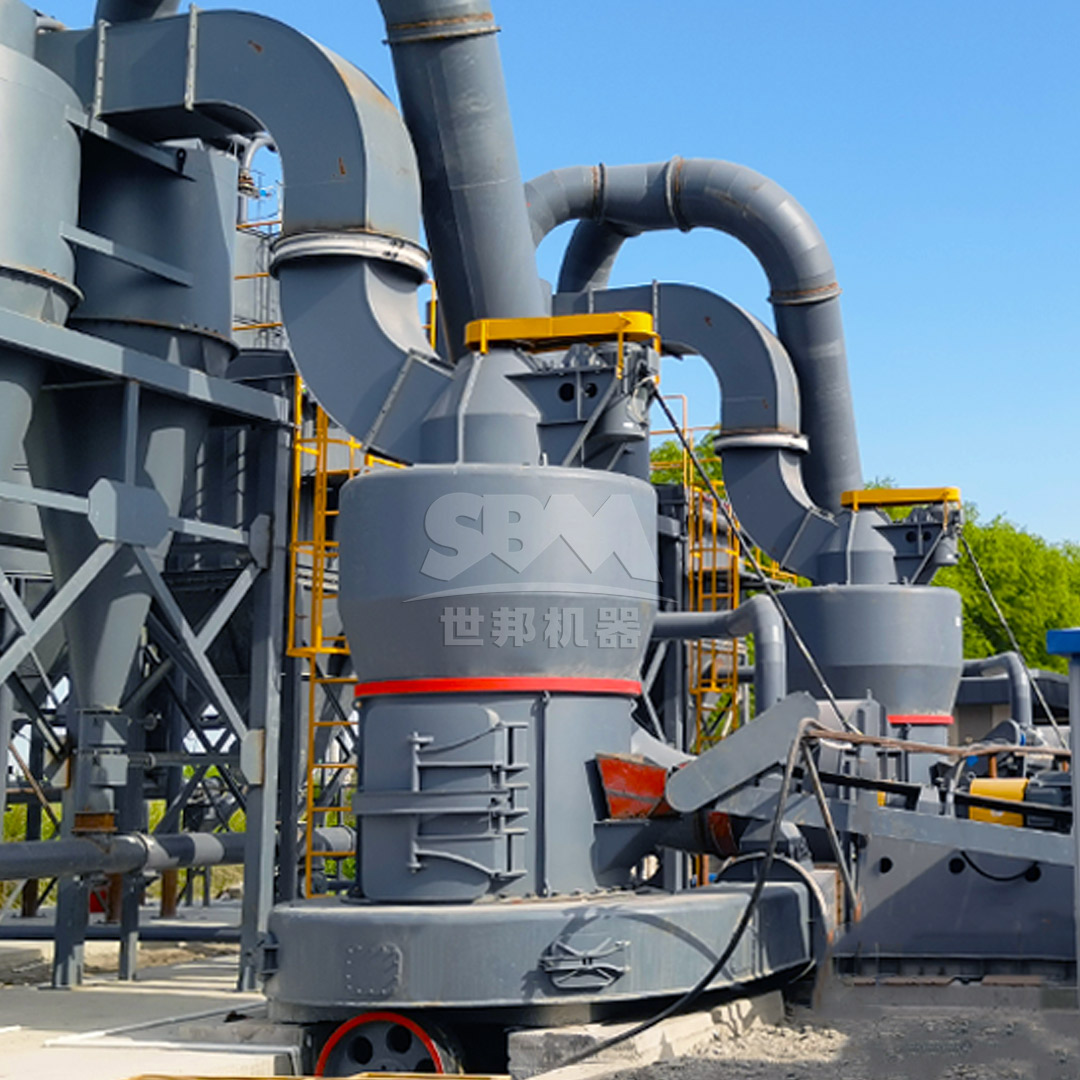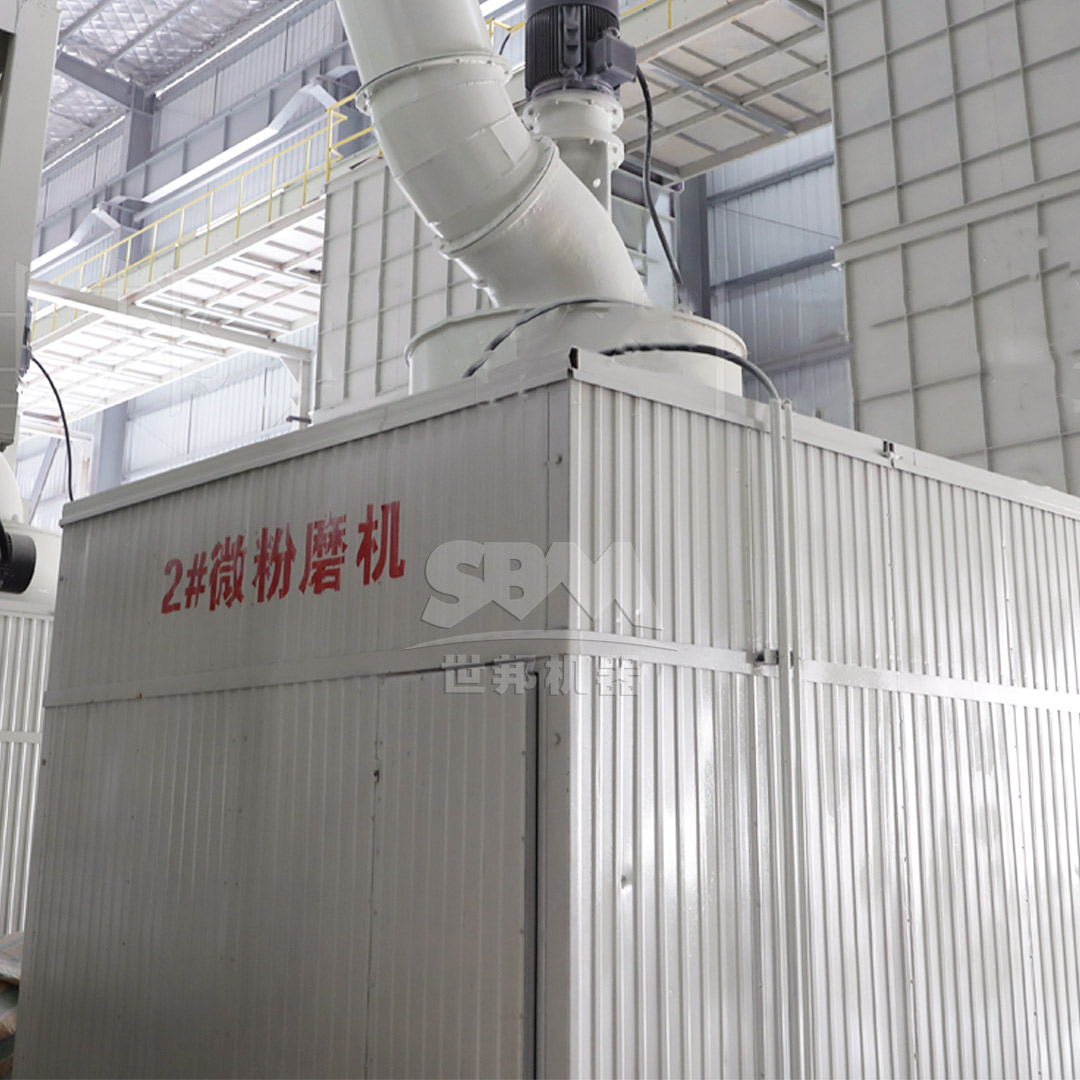In today’s industrial landscape, energy efficiency has become a critical factor in selecting grinding equipment. With rising energy costs and increasing environmental concerns, understanding the power consumption patterns of different grinding mills is essential for optimizing operational costs and reducing carbon footprint. This comprehensive analysis examines the energy profiles of various grinding technologies, from traditional ball mills to advanced ultrafine grinding systems.
Before diving into specific mill types, it’s important to understand the key metrics used to evaluate energy consumption in grinding operations. The primary measurement is specific energy consumption (kWh/ton), which represents the amount of energy required to process one ton of material to a specific fineness. Other important factors include power factor, motor efficiency, auxiliary equipment consumption, and overall system efficiency.
| Energy Metric | Definition | Typical Range | Impact on Operations |
|---|---|---|---|
| Specific Energy Consumption | kWh per ton of processed material | 15-150 kWh/ton | Direct operational cost driver |
| Motor Efficiency | Electrical to mechanical energy conversion | 85-97% | Affects total power draw |
| Power Factor | Ratio of real power to apparent power | 0.75-0.95 | Impacts electrical infrastructure |
| Auxiliary Load | Energy used by supporting equipment | 15-40% of total | Often overlooked in calculations |
Ball mills represent one of the oldest and most widely used grinding technologies. These rotating cylinders containing grinding media (typically steel balls) operate on the principle of impact and attrition. While versatile and capable of handling various materials, ball mills are notoriously energy-intensive.
Energy Characteristics:
The primary energy losses in ball mills occur through heat generation, sound, and vibration. Up to 70% of input energy is converted to heat rather than useful grinding work. Modern ball mills have incorporated variable frequency drives and improved liner designs to reduce these losses, but fundamental inefficiencies remain.
Hammer mills utilize high-speed rotating hammers to impact and shatter materials against stationary screens. These mills excel in coarse to medium grinding applications but face challenges with fine grinding efficiency.

Energy Profile:
The MTM series represents an evolution in grinding technology, balancing energy efficiency with processing capability. These medium-speed mills operate on the roller-race principle, where material is ground between rotating rollers and a stationary grinding ring.
Energy Advantages:
Building on the MTM foundation, the MTW series incorporates advanced European engineering with several energy-saving innovations. The curved air duct design reduces airflow resistance, while the bevel gear overall transmission achieves remarkable 98% transmission efficiency.
Technical Specifications:
| Model | Capacity (ton/h) | Main Motor Power (kW) | Output Fineness (mesh) | Specific Energy (kWh/ton) |
|---|---|---|---|---|
| MTW110 | 3-9 | 55 | 10-325 | 18-25 |
| MTW138Z | 6-17 | 90 | 10-325 | 15-22 |
| MTW175G | 9.5-25 | 160 | 10-325 | 14-20 |
| MTW215G | 15-45 | 280 | 10-325 | 12-18 |
The MTW series demonstrates how thoughtful engineering can significantly reduce energy consumption while maintaining or improving processing capacity. The combination of wear-resistant components, optimized airflow, and efficient transmission systems makes these mills particularly attractive for operations seeking to balance performance with energy costs.
Vertical roller mills represent a quantum leap in grinding efficiency. By utilizing a bed compression grinding principle rather than impact or attrition, VRMs achieve significantly lower specific energy consumption while maintaining excellent product quality.

LM Series Vertical Roller Mill Energy Performance:
The LM series exemplifies modern vertical mill technology with specific energy consumption typically 30-40% lower than traditional ball mill systems. The compact design not only saves space but also reduces the energy required for material transport between processing stages.
For applications requiring extremely fine products (below 10μm), specialized ultrafine grinding equipment has been developed. These systems face unique energy challenges due to the high surface area creation required.
SCM Series Ultrafine Mill: A Benchmark in Efficiency
When processing materials to ultrafine specifications (325-2500 mesh), the SCM Ultrafine Mill stands out for its exceptional energy performance. Compared to traditional jet mills, the SCM series delivers twice the production capacity while reducing energy consumption by 30%. This remarkable efficiency stems from several innovative features:

The energy efficiency of the SCM series becomes particularly evident when examining its operational parameters across different models:
| Model | Capacity (ton/h) | Main Motor Power (kW) | Output Fineness (mesh) | Energy Efficiency Ratio |
|---|---|---|---|---|
| SCM800 | 0.5-4.5 | 75 | 325-2500 | 0.85 |
| SCM1000 | 1.0-8.5 | 132 | 325-2500 | 0.92 |
| SCM1250 | 2.5-14 | 185 | 325-2500 | 0.96 |
| SCM1680 | 5.0-25 | 315 | 325-2500 | 1.05 |
The Energy Efficiency Ratio (calculated as tons per hour per kW of installed power) clearly shows how larger SCM models achieve better energy utilization. This scalability makes the technology suitable for both pilot plants and large-scale production facilities.
When evaluating different grinding technologies, it’s essential to consider the complete energy picture, including not just the main motor but all auxiliary systems. The following comparison illustrates the relative energy performance across mill types for producing 325 mesh product:
| Mill Type | Specific Energy (kWh/ton) | Auxiliary Energy (%) | Total System Efficiency | Best Application |
|---|---|---|---|---|
| Ball Mill | 38-45 | 20-25% | Medium | Coarse grinding, wet process |
| Hammer Mill | 28-35 | 25-30% | Medium-Low | Coarse to medium dry grinding |
| MTW Trapezium Mill | 18-25 | 15-20% | High | Medium-fine dry grinding |
| LM Vertical Mill | 16-22 | 10-15% | Very High | Fine grinding with drying |
| SCM Ultrafine Mill | 22-30 | 12-18% | High | Ultrafine grinding (5-45μm) |
This comparison reveals several important trends. First, vertical mills consistently outperform horizontal configurations due to their more efficient grinding mechanism and integrated design. Second, auxiliary energy consumption represents a significant portion of total energy use, highlighting the importance of system-level optimization rather than focusing solely on the main grinding element.
Beyond equipment selection, several operational factors significantly impact grinding energy consumption:
The grindability of the feed material, typically measured by Bond Work Index or Hardgrove Index, directly affects energy requirements. Materials with higher work indices require more energy for size reduction. Moisture content also plays a crucial role, with wetter materials often requiring additional energy for drying or suffering from reduced grinding efficiency.
Energy consumption increases exponentially as target particle size decreases. The relationship between energy (E) and particle size (x) often follows Charles’ Law: E = C(1/√x₂ – 1/√x₁), where C is a material constant. This explains why ultrafine grinding operations demand specialized, energy-optimized equipment like the SCM Ultrafine Mill.
Well-designed grinding circuits with proper equipment matching, efficient classification, and optimized material handling can reduce overall energy consumption by 15-25% compared to poorly configured systems. The integration of advanced control systems further optimizes energy use by adjusting operational parameters in real-time based on feed characteristics and product requirements.
The pursuit of energy efficiency in grinding operations continues to drive technological innovation. Several emerging trends show particular promise:
Hybrid Grinding Systems: Combining different grinding technologies in series can optimize energy use for specific particle size distributions. For example, using a vertical roller mill for intermediate grinding followed by an ultrafine mill for final reduction.
Advanced Classification Technology: Since classification often accounts for 20-30% of total grinding circuit energy, improvements in classifier efficiency directly impact overall consumption. High-efficiency classifiers with lower pressure drop are becoming increasingly common.
Energy Recovery Systems: Some advanced grinding installations now incorporate heat recovery from process air and kinetic energy recovery from large rotating masses, though these technologies remain in early adoption phases.
Energy consumption in grinding operations represents a significant portion of total production costs across many industries. While traditional technologies like ball mills and hammer mills continue to serve specific applications, newer designs like vertical roller mills and specialized ultrafine grinders offer substantially improved energy efficiency.
For operations requiring fine to medium grinding (45-325 mesh), the MTW Series European Trapezium Mill provides an excellent balance of energy efficiency, operational flexibility, and reliability. Its curved air duct design and high-efficiency transmission system deliver specific energy consumption 25-40% lower than conventional technologies.
For ultrafine applications (325-2500 mesh), the SCM Ultrafine Mill stands as a benchmark in energy-efficient design. With capacity double that of jet mills and 30% lower energy consumption, this technology represents the current state of the art in ultrafine grinding efficiency. The intelligent control system and vertical turbine classifier ensure optimal energy use across varying feed conditions and product requirements.
When selecting grinding equipment, operations should conduct a comprehensive analysis that considers not just capital costs but total lifetime energy consumption. In many cases, the energy savings from high-efficiency equipment like the SCM and MTW series can justify higher initial investment through reduced operating costs and improved environmental performance.